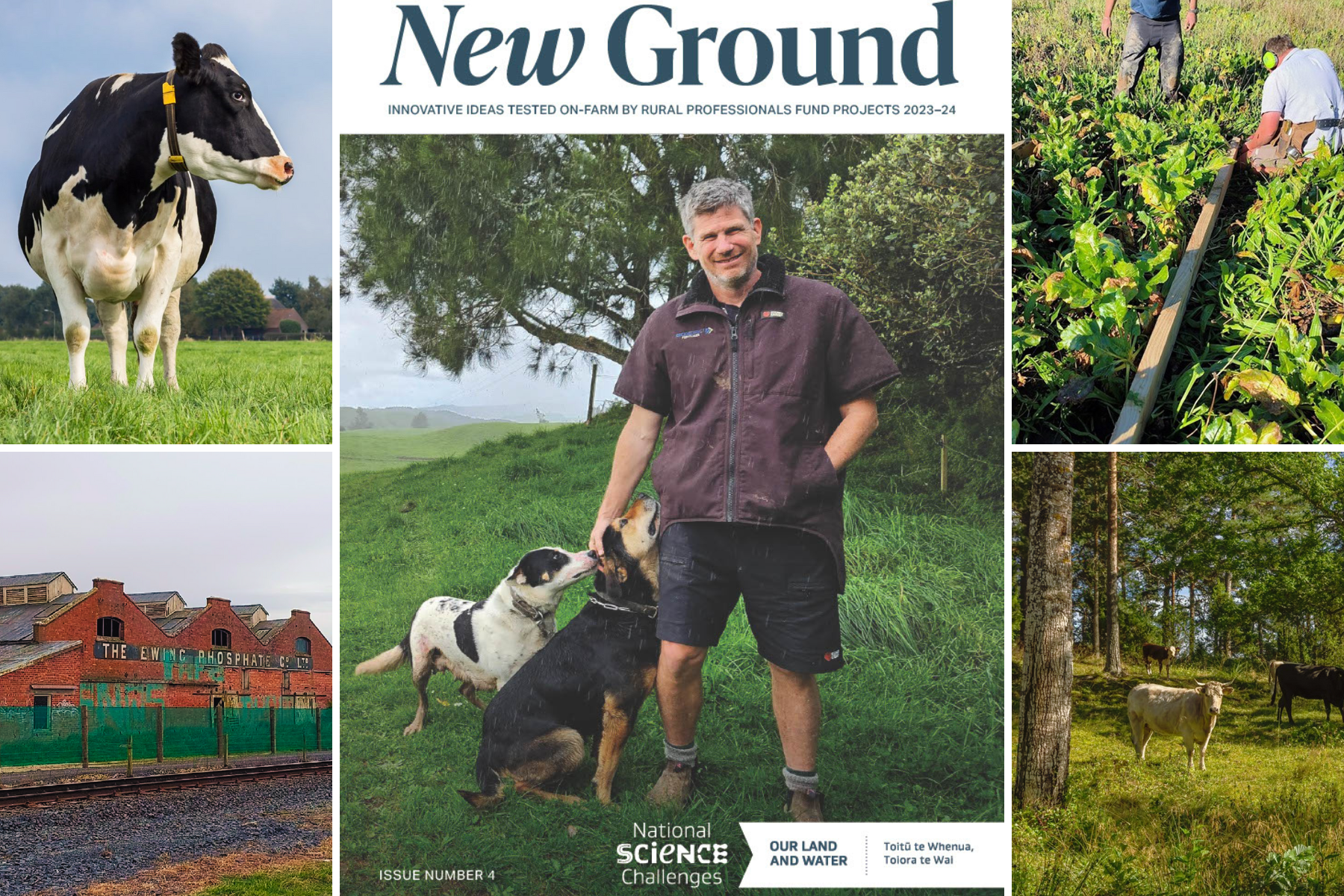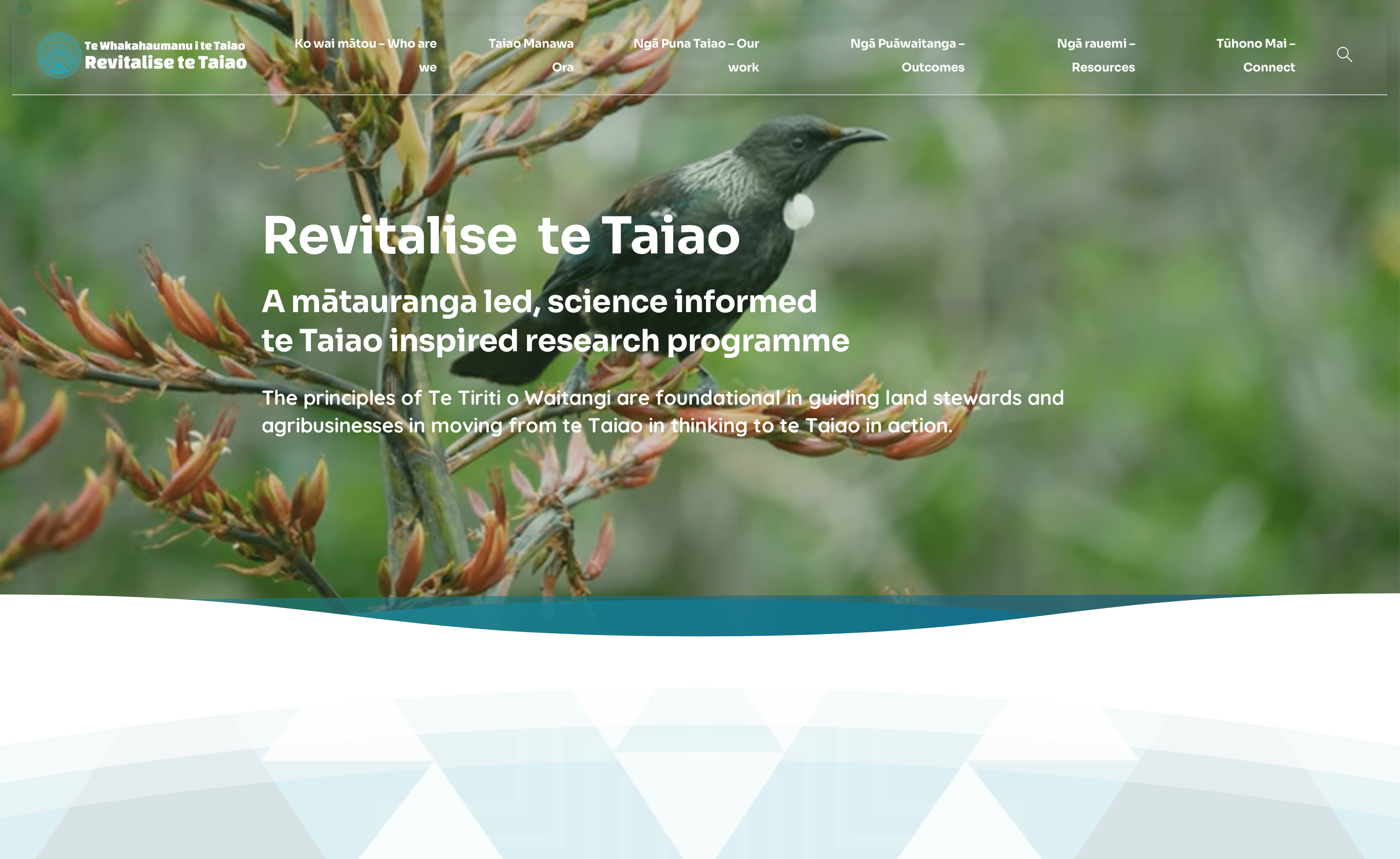Alternative Feeds to Hit Emissions Targets
Agricultural emissions targets could be met by 2030 by increasing brassica and grains in cattle diets by 20–30%, with stocking rates reduced just 5%, finds a new agricultural model developed for the New Zealand arable farming sector.
Cattle grazing on lush green pastures under clear blue skies is an iconic rural New Zealand image – and it resonates with consumers, giving our beef and butter a marketing edge compared to product from intensive feedlots in the US and indoor farms in Europe.
But pastoral farming has some surprising drawbacks. When looking through a climate change lens our cattle are probably releasing 20% more methane from their pasture diet than their factory-farmed counterparts with diets high in grains. Pasture species also produce more protein than grain feed. The excess returns to the paddock as nitrogen in urine, leading to additional nitrous oxide emissions.
With consumers, food manufacturers and retailers increasingly considering the emissions footprint of food, our agricultural products run the risk of becoming seen in a negative light, despite our free-range model.
The government has set goals of reducing methane by 10% from 2017 levels by 2030, and 24–47% by 2050. Nitrous oxide needs to drop to net zero by 2050.
Those targets could be met by reducing stock numbers, but this may not be the whole solution, says Ivan Lawrie, general manager at the Foundation of Arable Research.
“Keep the pastoral system, but balance out the diet with an increase of low-protein supplemental feeds. Grains fit well and can be grown on farm, in the same livestock or dairy systems we currently have.”
“Keep the pastoral system, but balance out the diet with an increase of low-protein supplemental feeds”
Ivan Lawrie, general manager at the Foundation of Arable Research
A new agricultural model developed for the New Zealand arable farming sector, by the Future Scenarios for Arable Agriculture project funded by Our Land and Water National Science Challenge, has combined recent studies’ evidence to show stocking rates could reduce 5% or less and still meet emissions targets in 2030, providing there was an increase of alternative feed (brassica and grains) of 20–30% in cattle diets.
The model also suggests that reducing stocking levels 10% while increasing alternative feed intake at least 10% would enable 2030 emission targets to be met.
Emissions targets for 2050 could be achieved by reducing herd numbers between 10–15% combined with an increase of 30% of the alternative diet.
Although thousands of hectares will be needed to produce the alternative fodder crops and grain, most could be grown on farm, says Lawrie.
“The grain crop could also be used to mop up excess nitrogen in the soil from urine and fertiliser,” says Lawrie. Home-grown alternative feeds could also reduce our reliance on imported Palm Kernel Extract, which produces even higher levels of methane when digested than pasture.
The modelling suggests that introducing wheat production in a dairy system has a positive environmental impact, producing almost 8 times less CO2-e biogenic emissions and using one-third less water for irrigation than dairy.
Farms would, however, need more infrastructure for grain storage and could face an increased workload.
How do we know this?
The New Zealand Agricultural Greenhouse Gas Research Centre has researched the amounts of methane and nitrogen cattle produce as they digest different pasture and forage species. Replacing pasture with brassica crops, such as rape and plantain, helps reduce methane from the rumen of cattle. Low-nitrogen crops like fodder beet can reduce nitrous oxide emissions when carefully managed.
But farmers may be understandably reluctant to apply this knowledge on farm, until they can see the flow-on effects of the system changes. Modelling these effects makes it easier to make decisions and plan to produce food sustainably while maintaining good returns.
Scientists at University of Canterbury and Manaaki Whenua Landcare Research developed a model specifically for New Zealand’s agricultural systems and conditions, with data from NZ’s Arable Food Industry Council, StatsNZ, and the Food and Agriculture Organisation of the United Nations. It is one of few agricultural models anywhere in the world that have been designed to combine production methods, emissions, energy, land use, water use, fertiliser use and profitability.
Aimed at national and regional policymakers, and agricultural industry leaders, the model has used real-world questions and scenarios, says modelling scientist Dr Clémence Vannier of Manaaki Whenua Landcare Research. As well as looking at mitigating climate change, the researchers modelled two further scenarios for arable agriculture in New Zealand: one looking at alternative protein production, and another on self-sufficiency for wheat.
This article was first published by Farmer's Weekly and is republished by agreement.
More information:
- Link to the new agricultural model developed for the New Zealand arable farming sector
- Future Scenarios for Arable Agriculture project
- Scenario 1: Self-sufficiency for wheat
- Scenario 2: Mitigate climate change (above)
- Scenario 3: Alternative protein production
Author
 View Our Strategy Document 2019 – 2024
View Our Strategy Document 2019 – 2024



